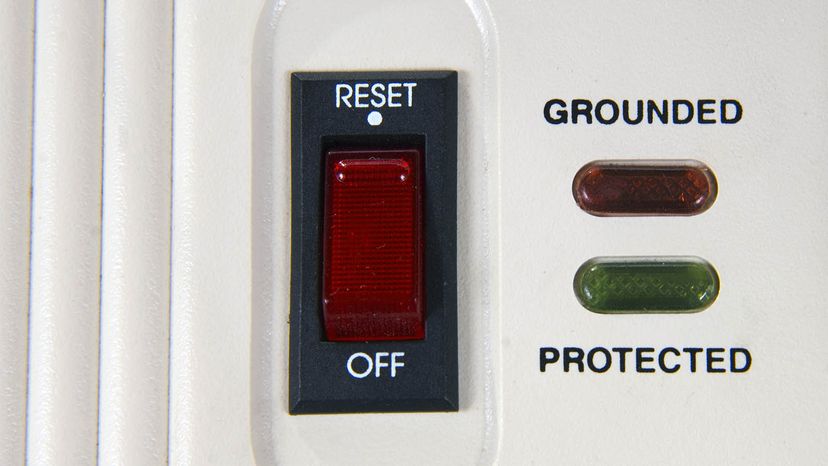Underwriters Laboratories Ratings

Shopping for a surge protector is tricky because there are a lot of nearly worthless products on the market. Research into a particular model is the best way to ensure good results, but you can get a good idea of a product's performance level by looking for a few signs of quality.
First, look at the price. Generally, don't expect much from any surge protector that costs less than $10. These units typically use simple, inexpensive MOVs with limited capabilities, and won't protect your system from bigger surges or spikes.
Advertisement
Of course, high prices don't always promise quality. To find out what the unit is capable of, you need to check out its Underwriters Laboratories (UL) ratings. UL is an independent, not-for-profit company that tests electrical and electronic products for safety. If a protector doesn't have a UL listing, it's probably junk; there's a good chance it doesn't have any protection components at all. If it does use MOVs, they may be of inferior quality. Cheaper MOVs can easily overheat and set the surge protector on fire.
Many UL-listed products are also of inferior quality, of course, but you're at least guaranteed that they have some surge protection capabilities and meet a minimum safety standard. Be sure that the product is listed as a transient voltage surge suppressor. This means that it meets the criteria for UL 1449, UL's minimum performance standard for surge suppressors. There are a lot of power strips listed by UL that have no surge protection components at all. They are listed only for their performance as extension cords.
No surge protector is 100 percent effective, and even top-of-the-line equipment may have some serious problems. Electronics experts are somewhat divided over the best way to deal with power surges, and different manufacturers claim other technologies are inherently faulty.